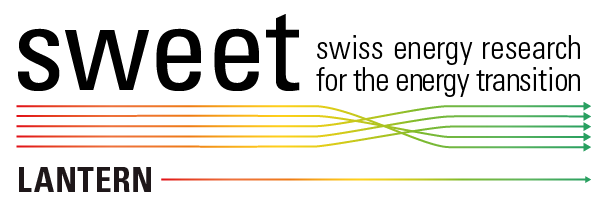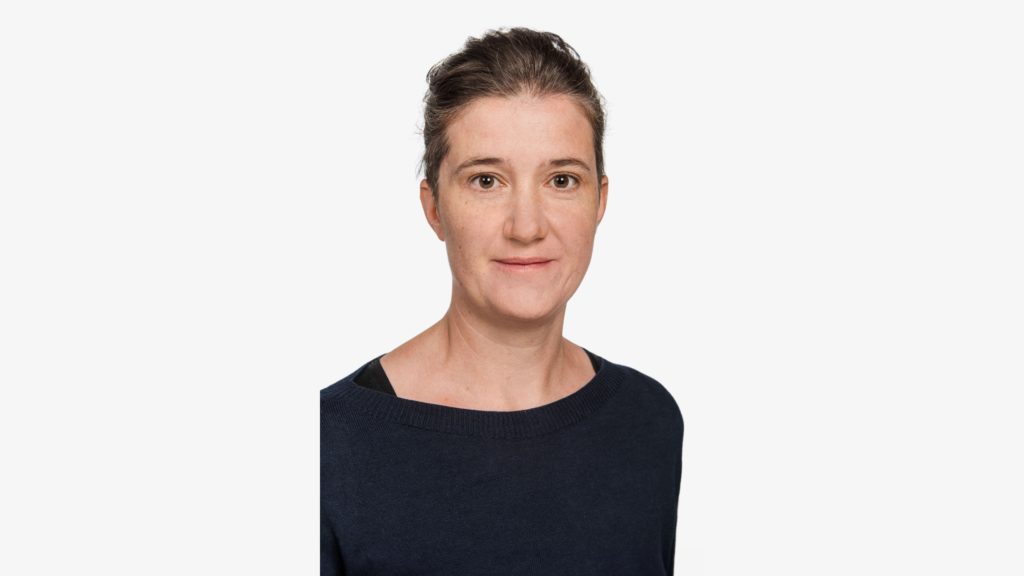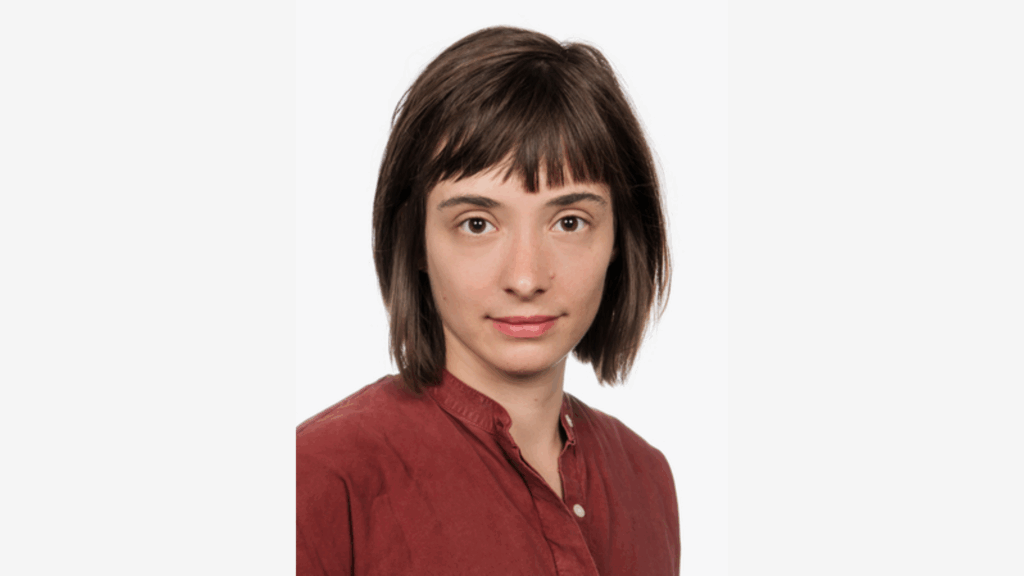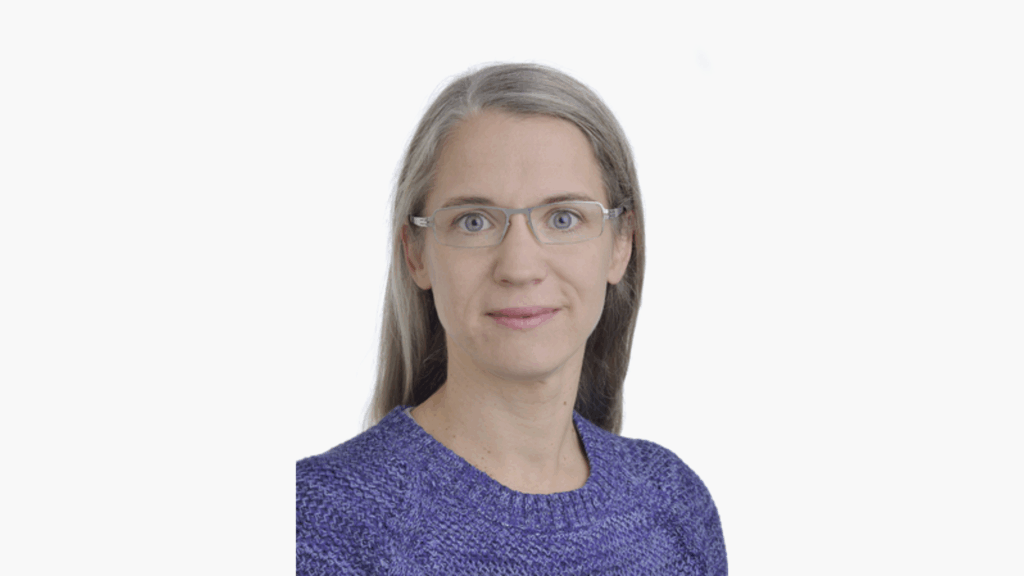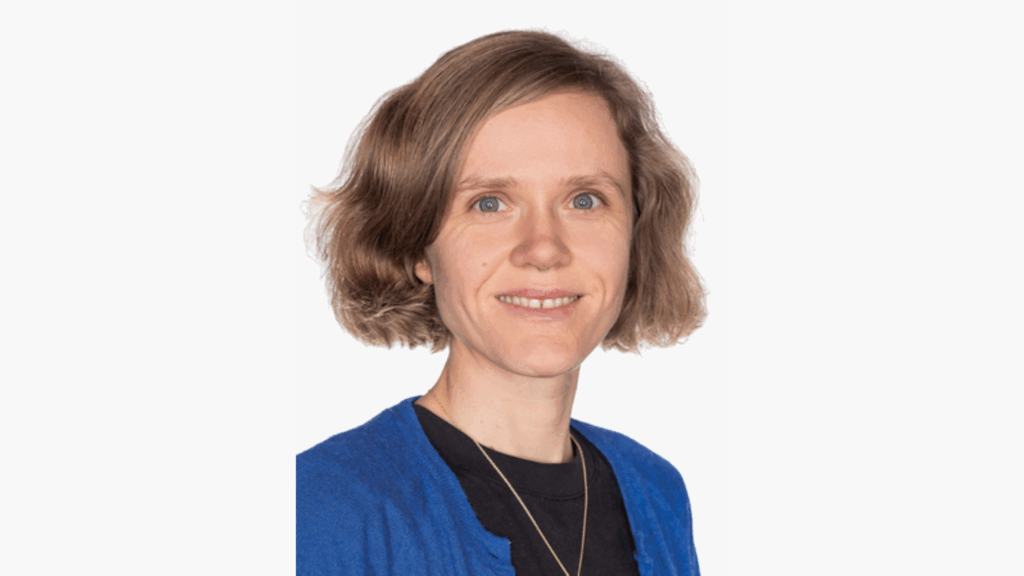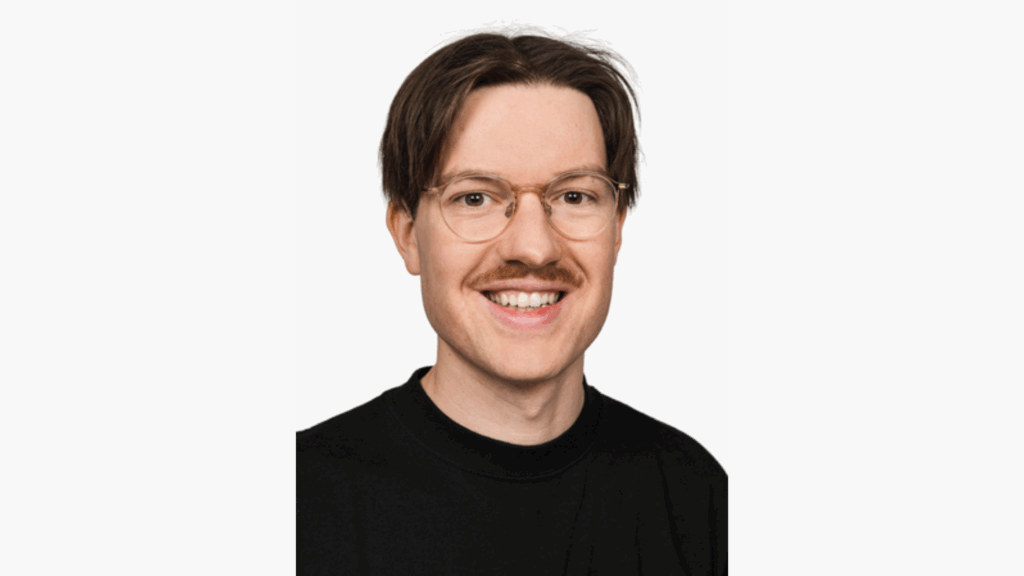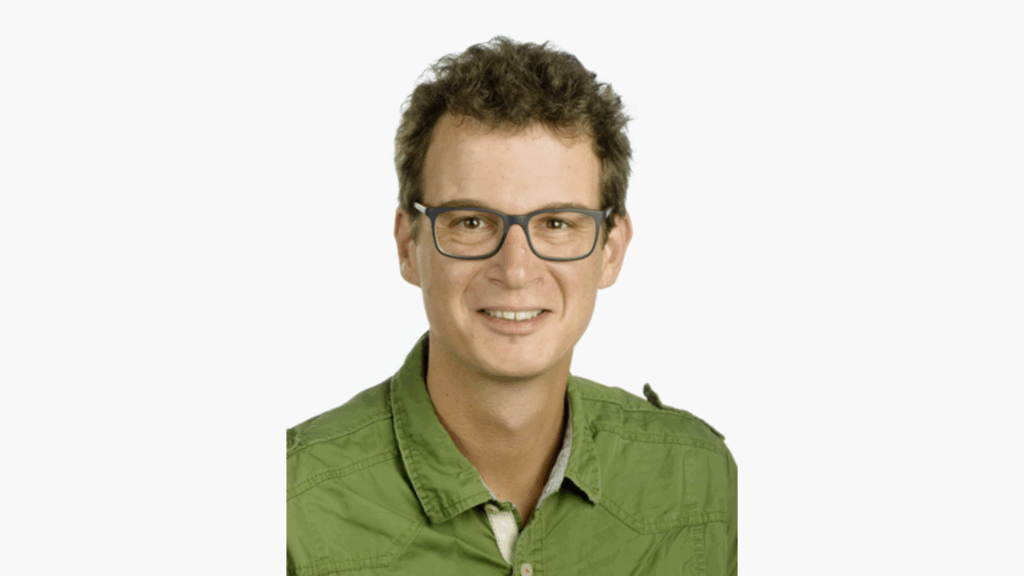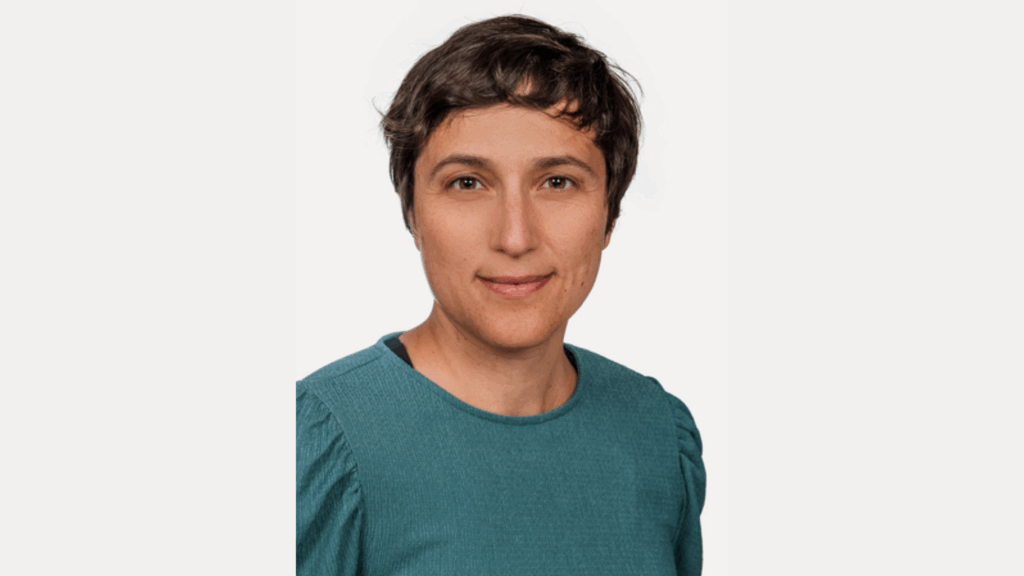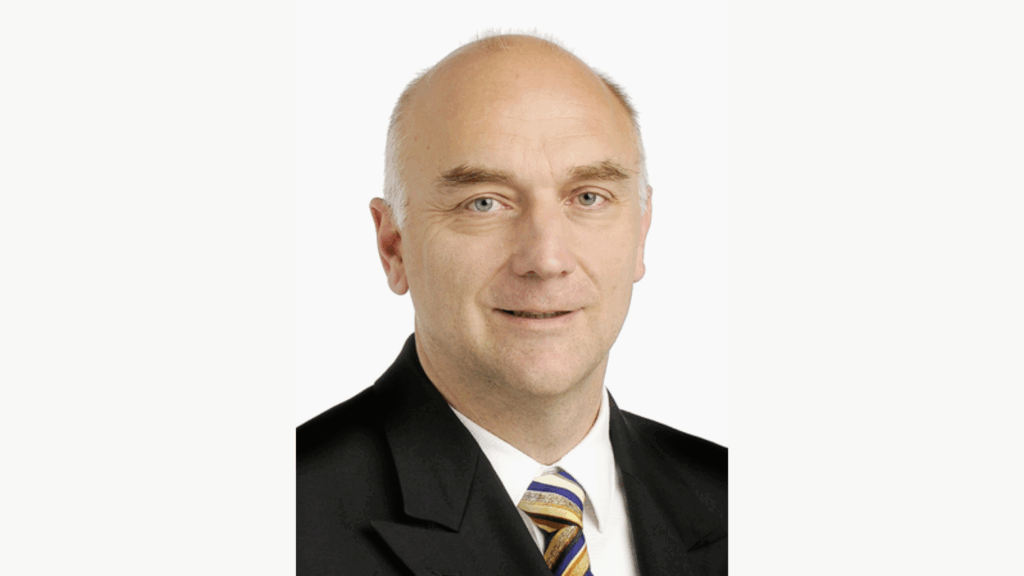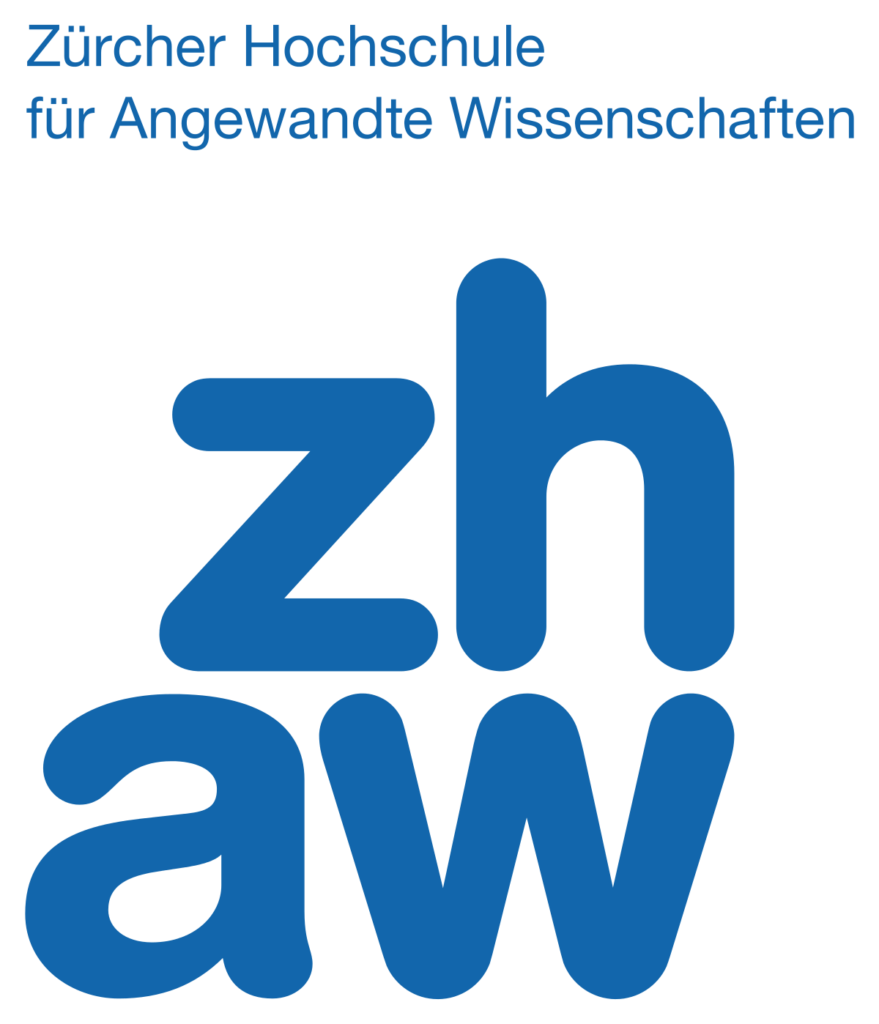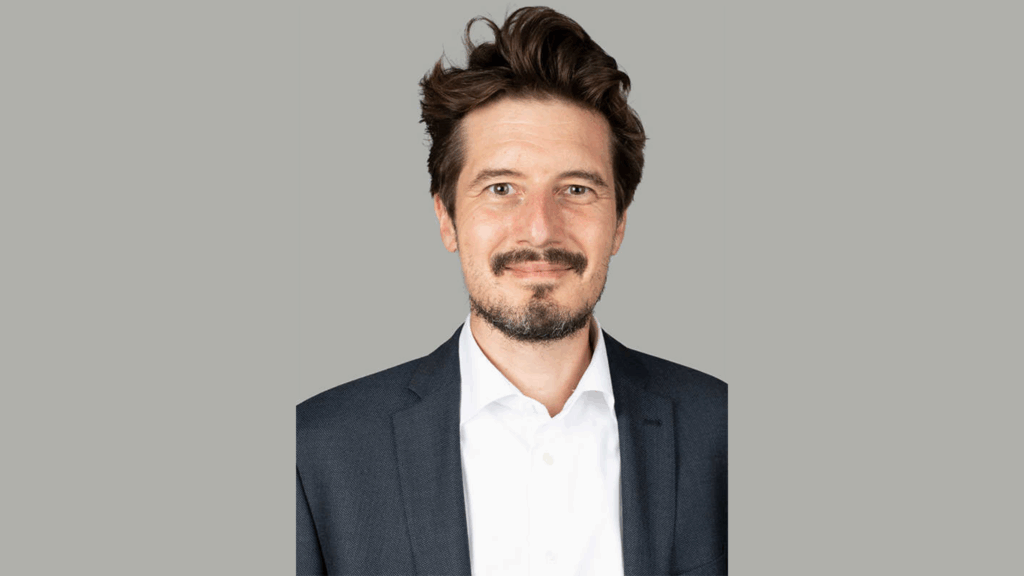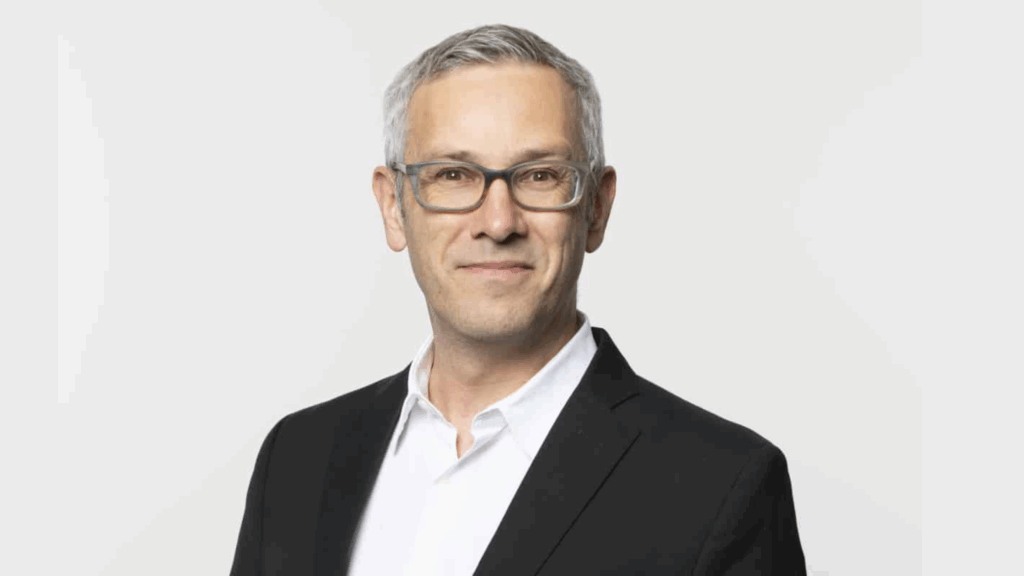01 | our goal
We explore existing and potential forms of energy communities (heat and electricity) within neighbourhoods and look for ways to promote and implement them in practice. Our goal is to empower, engage, and activate communities, neighbourhoods, and civil society actors to actively and collectively participate in the energy transition.
Decarbonising the existing building stock is highly complex and challenging. Therefore, we specifically target existing residential and mixed neighbourhoods with heterogeneous ownership structures.
We work together with end-users and other stakeholders in the neighbourhoods to set-up renewable energy communities in their local area. With this collaborative bottom-up approach, we aim to facilitate sustainable energy solutions and ensure a high level of social acceptance.
02 | our team

Soziale Arbeit
03 | our Methods and interventions
Our interdisciplinary team combines expertise in socio-cultural participation methodology, urban planning, social sciences, law, building technology and energy systems, and business model innovations.
We use different methods and approaches to understand and promote energy communities at neighbourhood level:
We apply sociocultural participation methods to sensitise, activate, and involve different stakeholders collectively in the energy transition in their neighbourhood (Living Lab approach). The socio-technical solutions developed in this process are tailored to the specific structural conditions of the neighbourhood and to the needs, interests and possibilities of the people involved.
We created a morphological box to enhance understanding of energy cooperation types in Switzerland and to be used as a co-creation tool for engaging stakeholders in developing a shared vision of a potential energy cooperation and exploring its feasible options.
We develop and test methods, tools, and guidelines that can be adopted and used by different actors to promote cooperative energy solutions in neighbourhoods, such as municipalities or community associations.
Recent publication:
